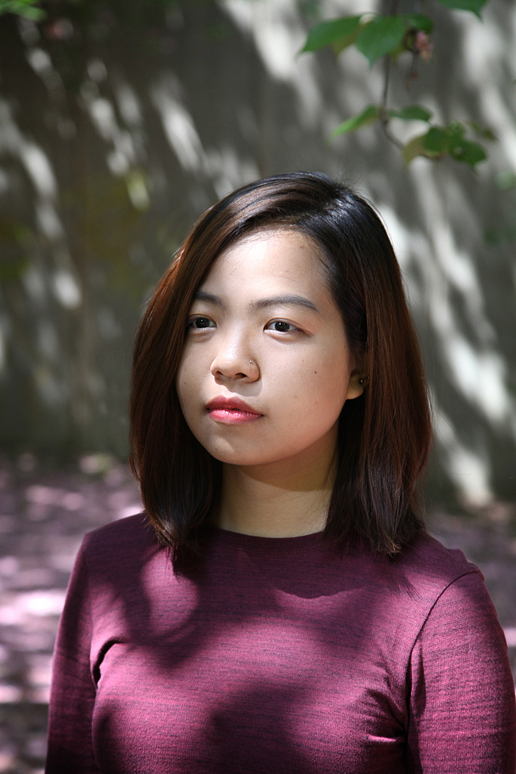Get ready: the gac could be the next big thing in fruit. A coconut-sized, strawberry-red bulb, it grows on vines throughout Southeast Asia and China. Its prickly skin is poisonous, but inside are edible chunks of slightly sweet pulp. As it turns out, the pulp is rich in carotenoids, which have been shown to reduce the risk of heart disease, eye disease, and certain cancers. Nutrition supplement companies and fruit juice makers are already calling gac “a super fruit” and “the fruit from heaven.”

According to the World Health Organization, the average income among Vietnam’s ethnic minorities is one-sixth of the national average. In 2010, these groups accounted for 70 percent of the people living in poverty, even though they make up less than 15 percent of the population. In the summer of her sophomore year, Tran traveled to the Central Highlands hoping to find a way to help residents there. She noticed gac vines growing in many backyards for use at ceremonial or festive occasions during December and January, when the fruit is in season and is added to rice for flavor and red coloring.
A year later, with the help of both Royce and Social Innovation fellowships, Tran returned to the region to study Vietnam’s international and domestic food markets. Working with classmate Myron Lam ’15, she learned that some of the locals sold their gac—but to middlemen, who then transported it to markets around the country. The growers had no idea how much money was being made on their fruit. Not that it mattered: there was no alternative form of distribution. “They don’t have the resources to bring” the gac to market on their own, Tran says.
Forming a company called Xoi Juice, Tran and Lam developed a long-term strategic plan to sell gac to United States companies in five to six years, thereby generating potential revenues of $8 million. The fruit would be sold in extracted form and added to juice. Once the taste is established, Tran and Lam hope to sell the entire fruit on the wholesale market, with growers playing a major role in setting its price.
Tran and Lam have won an Embark Post-Graduate Fellowship from Brown so they can return to the highlands after graduating. The Fellowship, in its first year, supports socially conscious entrepreneurship. Eventually Tran hopes to return to America to earn an MBA.
More profiles from the class of 2015:
After her family lost everything to Hurricane Katrina in 2005, G. Maris Jones ’15 reconsidered her dream of going to Brown.
Seventy-eight percent of African malaria victims are children under the age of five. Nicholas Hilton ’15 wants to change that.
Clyde Lawrence ’15 wrote music for Miss Congeniality at age 6. He's also written for Hugh Grant and jammed with Steven Tyler.
Research by Hannah Begley ’15 suggests juries may be quicker to convict on weak evidence for certain pornography charges.
Sandra Kimokoti ’15 spent summer of her junior year in Kenya using sport to help girls open up about the challenges in their lives.
A single dad and a U.S. Navy veteran of nuclear submarines, Matthew Ricci ’15 is not your typical Brown student.




